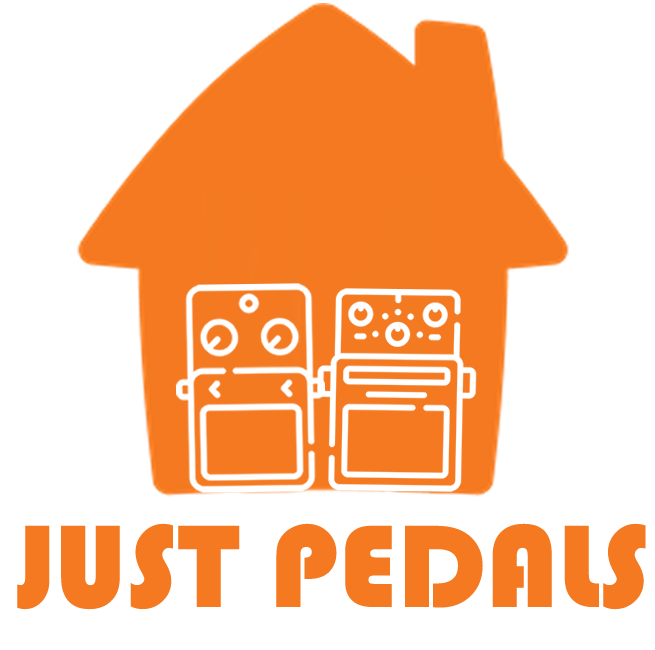Just – Guitar Effect Pedal Videos – First Distortion Pedal #guitar
Just – Guitar Effect Pedal Vids – First Distortion Pedal #guitar
BOSS SD-1 SUPER OverDrive Effects Pedal for Guitar and Bass – Mild to Moderate Tube – like Overdrive Characteristics Ideal for Clean and Driven amps. BOSS 5-Year Warranty.,Yellow
£73.00 £67.40
Since 1981, the SD-1 Super Overdrive has been a go-to gain pedal for generations of players—trusted across genres for its reliable tone and performance. Built on the groundbreaking asymmetrical clipping circuit of the iconic 1977 OD-1—one of the firs… read more
Valeton GP-5 Super Compact Multi-Effects Processor & NAM/IR Loader Pedal
£65.00
Ultimate Tone & Portability: Combines studio-grade HD effects with a compact stompbox design, delivering over 100 organic effects and 9 customizable modules for seamless pedalboard integration. NAM & IR Compatibility: Load up to 80 Neural Amp Modeler… read more
SONICAKE Delay and Reverb Guitar Bass Effects Pedal Sonic Ambience Multi Mode Tap Tempo
£37.99 £34.19
4 Mode Delay and 4 Mode Reverb in One Small Pedal Maximum 2000ms Delay Time with Tap Tempo Function Tap Tempo Function for Real-time RATE Control Special Design Buffer Bypass Circuit Keeps the Sound Pristine Guitar Bass Effects Pedal working with 9V … read more
MOOER Trelicopter, tremolo pedal
£49.00
Classic tremolo effects with a huge range of speeds and depths BIAS knob brings various color of the tremolo sound Full metal shell Very small and exquisite – Great for conserving pedal board space! True bypass
TC Electronic Flashback 2 Mini Delay, Compatible with PC and Mac
£89.00
Guitar delay pedal Package Dimensions: 6.2 L x 10.0 H x 6.5 W (cm)
Donner Yellow Fall Delay Guitar Effect Pedal Mini Compact Size True Bypass
£35.99
[Analog Delay Pedal] Reproduces the warm and natural classic vintage analog delay sound. [Flexible Delay Pedal] 20ms to 620ms of delay time. Adjustable delay level and feedback. [Durable Guitar Pedal] Aluminium-alloy classic, stable and strong. [True… read more


















